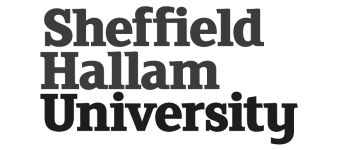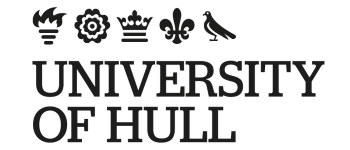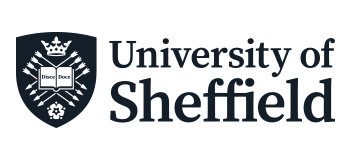Professor Roger Lewis, YU Associate
The higher education sector welcomed the announcement last month from Research England ‘Minister announces new direction for knowledge exchange funding’ that the Higher Education Innovation Fund (HEIF) will rise to £250 million by 2020-21 (an uplift of over 50% since 2016). Funding for the Yorkshire region moved from £20.1 million in 2018-19 to £20.4 million in 2019-20 and we can thus expect a further increase for 2020-21.
HEIF’s purpose is to develop university-business interaction. What is covered by ‘HEIF’ has always been a source of debate. The ‘I’ in the acronym stands for ‘Innovation’, used here in its business sense, with a strong implied link to technology and the application of ‘research’ to improve productivity. The new emphasis though is on ‘knowledge exchange’ (KE) – like ‘innovation’ another portmanteau term. ‘Knowledge’ is rarely defined; to most people it implies what is in one’s head (facts, information) but here it is meant to be more dynamic; ‘exchange’ is another partial term – when something is exchanged it is not necessarily added to or improved but in this context something more dynamic is implied (but rarely explained). Another phrase often used loosely in the HEIF context is ‘research and development’; ‘development’ is a rich word full of implication (and promise) but often tacked onto ‘research’ simplistically in an attempt to suggest a practical, applied dimension that ‘research’ in itself doesn’t always necessarily have. These terms require further explanation, particularly to partners in business, industry and wider society.
The anticipated impact of the increased investment in HEIF is ‘to help deliver the government’s target to raise R&D spending to 2.4% of GDP by 2027’. But the statement on HEIF is somewhat ambiguous – one reference singles out ‘institutional policies on IP’ as the focus; another points to the broader route of ‘knowledge exchange, through which the benefits of research are disseminated’ (though isn’t the process much richer and more complex than just ‘dissemination’?). The £20 million or so invested annually in Yorkshire’s universities helps with economic outputs such as increased consultancy days in industry, knowledge transfer partnerships, contracted research and graduate start-ups; increasingly, the investment will contribute to delivering the priorities set out in local industrial strategies.
In the recent announcement, KE is spoken of as a ‘third mission’, i.e. separate from ‘teaching’ and ‘research’. This phraseology has been used since the outset of HEIF and one can understand why: to make sure it is properly attended to as a university activity. The announcement mentions giving ‘university knowledge exchange the status is deserves’; we saw similar for teaching when the Teaching Excellence Framework was established.
Evidence of the increasing separation of the three sets of activities – teaching, research and KE – can be found in the recent workforce report for 2019 from the Universities and Colleges Employers Association (UCEA). This report finds faster growth in the numbers of staff employed on teaching-focused (+33.2%) or research-focused contracts (+21.2%) than on mixed contracts (+6.6%). Fewer than 50% are now on combined teaching and research contracts. No mention is made in the UCEA summary of KE staff, but they probably represent a third strand again of staff with specific expertise in areas of interaction with business, which complement teaching and research.
We are perhaps in a different world now than in the past, when these three strands were inter-related. Conducting research was seen as accompanying and enriching teaching rather than as a separate specialism. Research and teaching were claimed to illuminate each other: not only research informing teaching but students prompting new directions to research through their interaction with teachers and/or researchers. The same mutual enrichment ought to be possible between the missions of ‘research’ and ‘knowledge exchange’ and between ‘knowledge exchange’ and ‘teaching’.
Whilst accepting that each mission has its own funding stream and success criteria, we should surely try to ensure that they interact more creatively and innovatively with each other, with KE drawing freely upon the findings of leading-edge research and researchers benefiting from regular and routine contact with users/potential users of their discoveries.
There is one initiative that might help to break down any barriers, and in particular those between teaching and KE. In a recent joint call, the Office for Students and Research England have announced that they are together providing £10 million to support a range of projects designed to strengthen the links between students and KE. It is anticipated that evidence from funded projects will contribute towards a major review of HEIF. It also implies a much clearer focus on how students interact with KE, and what this means in practice. Benefits to students could include a deepening of work experience, a wider frame of reference for learning, and the development of new skills. Equally, we should also seek to identify the fresh insights that students bring to the KE process and how KE might benefit from alternative perspectives. Traditionally, HEIF has been on a separate track to teaching and has rarely touched upon the student experience. However, just as research and teaching should interact and involve students as producers, so perhaps should HEIF. Universities in the region will be well-positioned to bid for innovative projects under this joint call.












